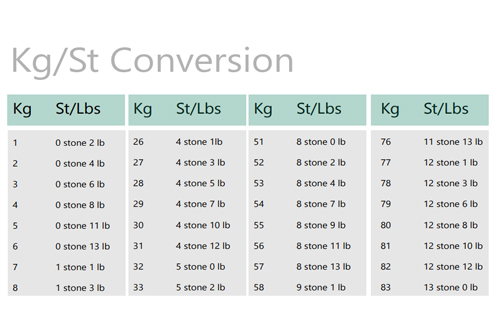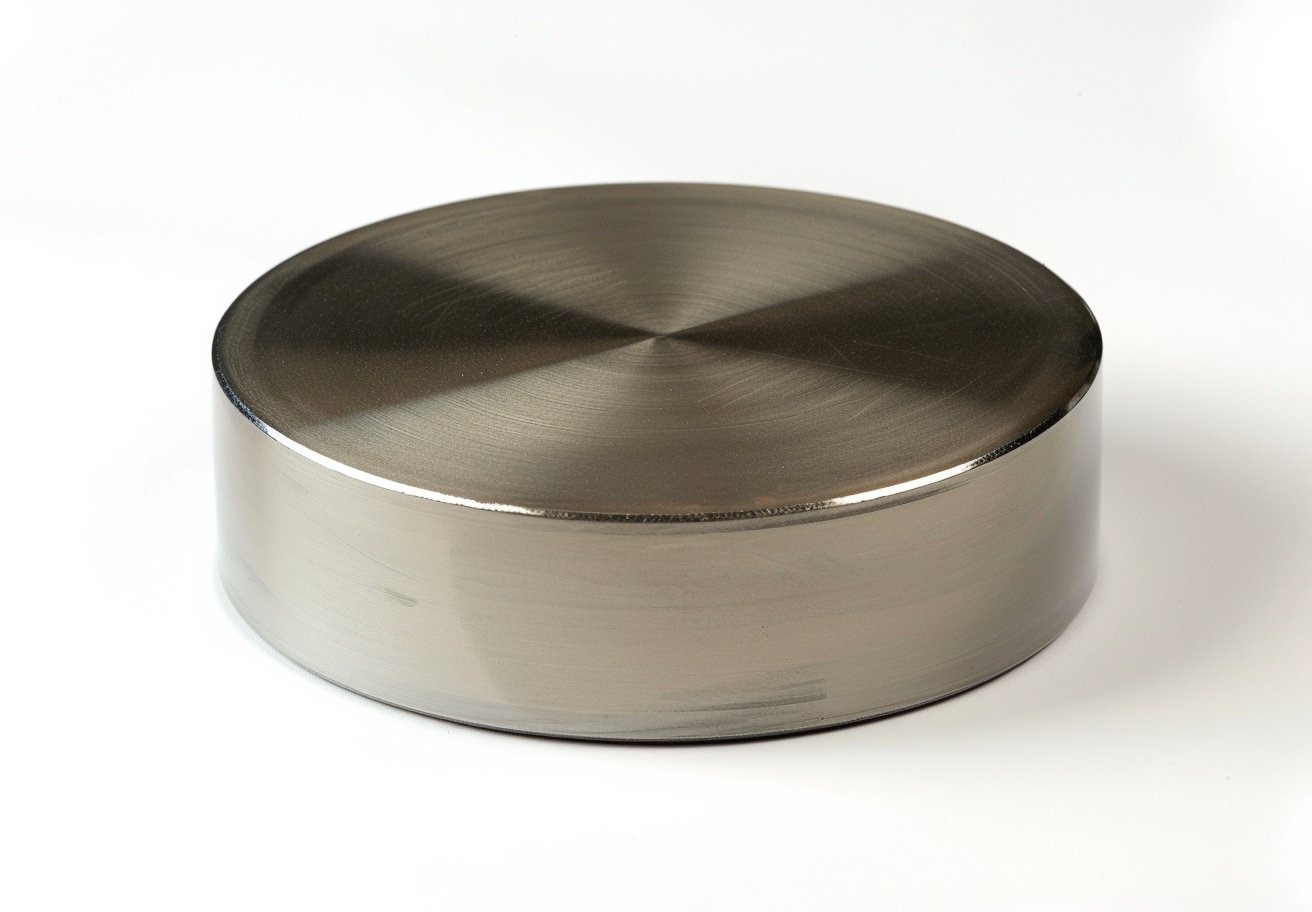Volume Conversion Table
Understanding Volume Measurements
Volume measurement is indispensable in science, engineering and everyday life. It quantifies the space that an object or substance occupies, using units such as litres and cubic feet. For further technical details, refer to the Volume description on Wikipedia.
Practical Applications of Volume Conversion
Volume conversion is applied in various scenarios. For example, in the kitchen recipes may require measurements in different units, or in industries such as shipping and construction where accurate volume calculations support logistics and material planning.
Common Volume Units: Litres and Cubic Feet
The litre is a metric unit commonly used for quantifying liquids, whereas cubic feet is an imperial unit employed for larger volumes, for instance in construction or shipping. Understanding both units is necessary for precise volume conversion.
Conversion from Litres to Cubic Feet
Converting between litres and cubic feet requires knowledge of the conversion factor. One litre is approximately equivalent to 0.0353 cubic feet. This conversion is important for applications that involve a transition between metric and imperial systems.
Volume Conversion Table
For quick and straightforward results, try our volume unit converter. Also visit our toolbox page for additional useful tools.
|
Unit |
In Cubic Inches (in³) |
In Cubic Centimetres (cm³) |
In Litres (L) |
In Gallons (US) |
In Millilitres (mL) |
In Cubic Feet (ft³) |
|
Cubic Inches (in³) |
1 |
16.387 |
0.016387 |
0.004329 |
16.387 |
0.0005787 |
|
Cubic Centimetres (cm³) |
0.0610237 |
1 |
0.001 |
0.0002642 |
1 |
3.5315e-05 |
|
Litres (L) |
61.0237 |
1 000 |
1 |
0.2642 |
1 000 |
0.0353147 |
|
Gallons (US) |
231 |
3 785.41 |
3.78541 |
1 |
3 785.41 |
0.133681 |
|
Millilitres (mL) |
0.0610237 |
1 |
0.001 |
0.0002642 |
1 |
3.5315e-05 |
|
Cubic Feet (ft³) |
1728 |
28 316.8 |
28.3168 |
7.48052 |
28 316.8 |
1 |
Further information is available at Stanford Advanced Materials (SAM).
Frequently Asked Questions
How many litres are contained in one cubic foot?
One cubic foot is approximately equivalent to 28.3168 litres.
Why is volume conversion important in daily life?
It permits accurate measurement and the comparison of quantities across different unit systems, thereby ensuring precision in cooking, shopping and engineering.
Can I use the same conversion factor for all types of liquids?
Yes, the conversion between litres and cubic feet is based on volume and remains consistent regardless of the liquid measured.
Which tools can assist with volume conversion?
Conversion tables, calculators and smartphone apps provide efficient means for the quick conversion between litres and cubic feet.
Is there a difference between litres and cubic metres?
Yes, litres and cubic metres are different volume units. One cubic metre is equivalent to 1 000 litres.

 Bars
Bars
 Beads & Spheres
Beads & Spheres
 Bolts & Nuts
Bolts & Nuts
 Crucibles
Crucibles
 Discs
Discs
 Fibers & Fabrics
Fibers & Fabrics
 Films
Films
 Flake
Flake
 Foams
Foams
 Foil
Foil
 Granules
Granules
 Honeycombs
Honeycombs
 Ink
Ink
 Laminate
Laminate
 Lumps
Lumps
 Meshes
Meshes
 Metallised Film
Metallised Film
 Plate
Plate
 Powders
Powders
 Rod
Rod
 Sheets
Sheets
 Single Crystals
Single Crystals
 Sputtering Target
Sputtering Target
 Tubes
Tubes
 Washer
Washer
 Wires
Wires
 Converters & Calculators
Converters & Calculators
 Write for Us
Write for Us
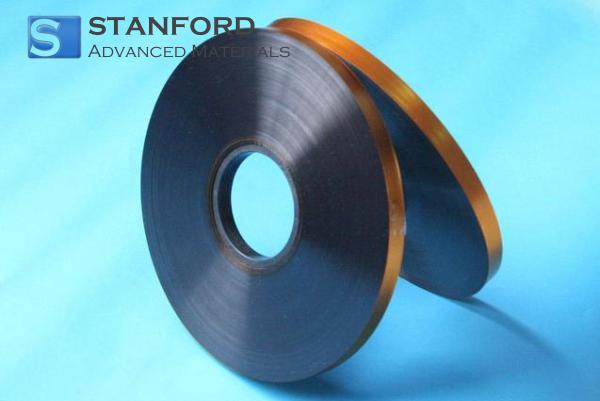
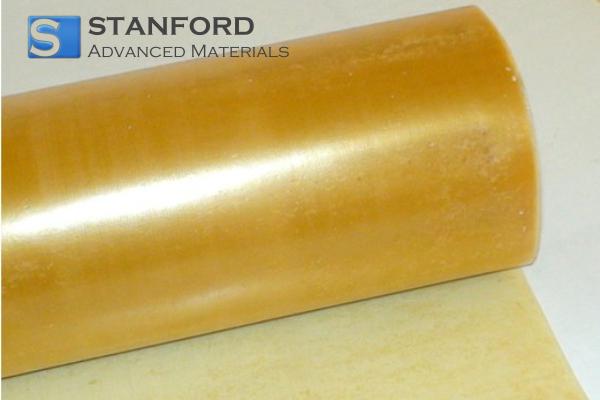
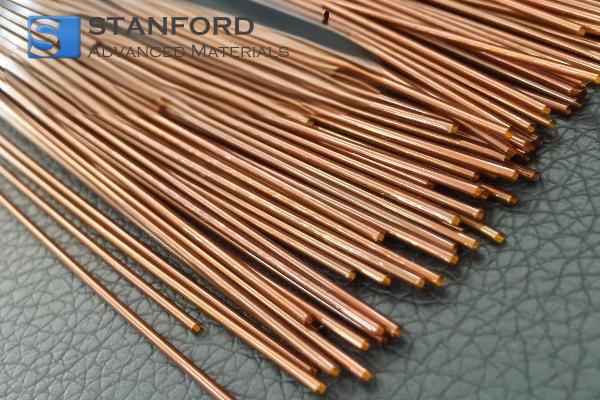
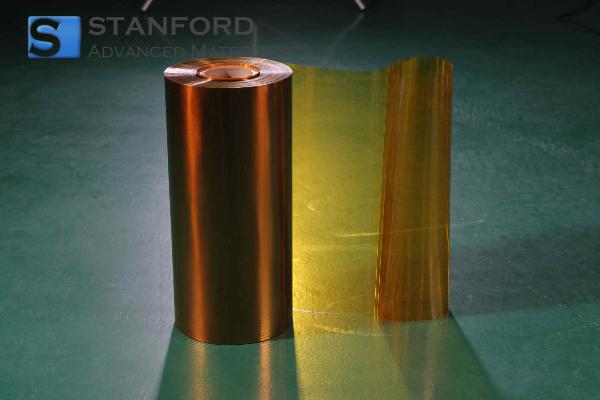
 Chin Trento
Chin Trento

